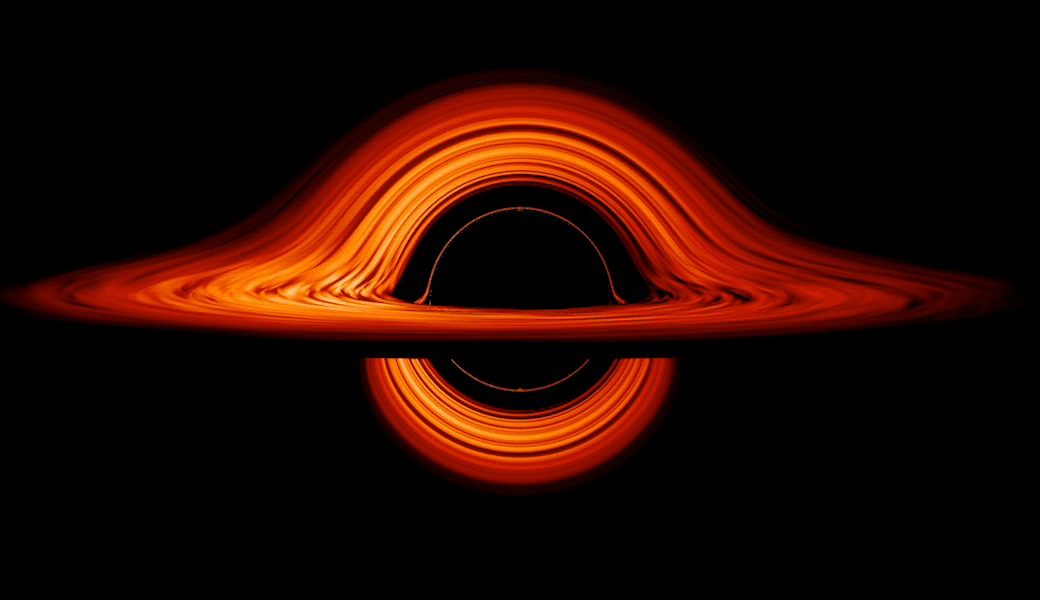Neutron Stars

Neutron stars are one of the most fascinating and enigmatic celestial objects in the universe. These dense remnants are formed when massive stars exhaust their nuclear fuel and undergo a supernova explosion. What remains is a core so compact that its electrons and protons collapse, leaving behind a staggering concentration of neutrons. This incredible density gives rise to a neutron star, typically measuring only about 10 kilometers in diameter but containing the mass of several Suns. Their gravitational pull is incredibly strong, and they often rotate at astounding speeds, emitting beams of electromagnetic radiation that can be observed as pulsars. Neutron stars are crucial for understanding the fundamental properties of matter under extreme conditions and offer astronomers valuable insights into the mysteries of astrophysics. The study of neutron stars has unlocked a wealth of knowledge about the extreme forces at work in the cosmos. Scientists have observed that these stellar remnants possess some peculiar characteristics, such as incredibly strong magnetic fields that can be a million times more intense than the Earth's. These magnetic fields influence the surrounding space, causing the formation of magnetospheres that interact with incoming matter and radiation. Neutron stars are also intriguing because they provide a unique testing ground for Einstein's theory of general relativity. In some cases, neutron stars can have companions, and their interaction can lead to mesmerizing phenomena, like X-ray bursts and accretion disks. As researchers continue to delve into the mysteries of neutron stars, they uncover new insights that not only deepen our understanding of the cosmos but also push the boundaries of human knowledge and imagination.

